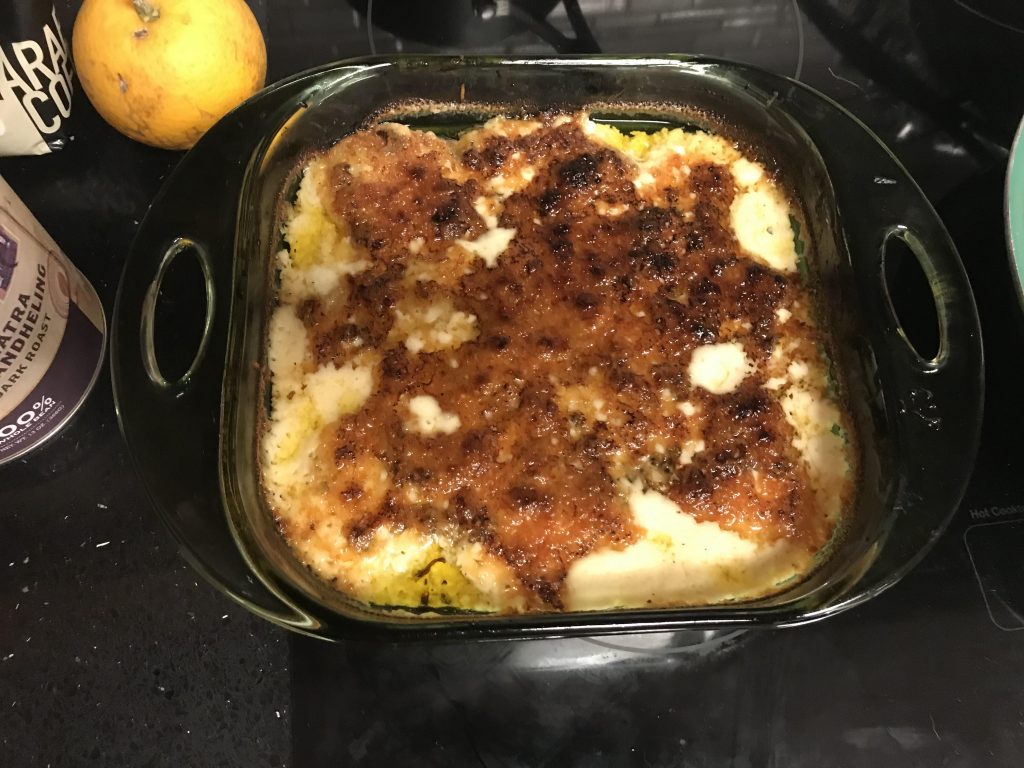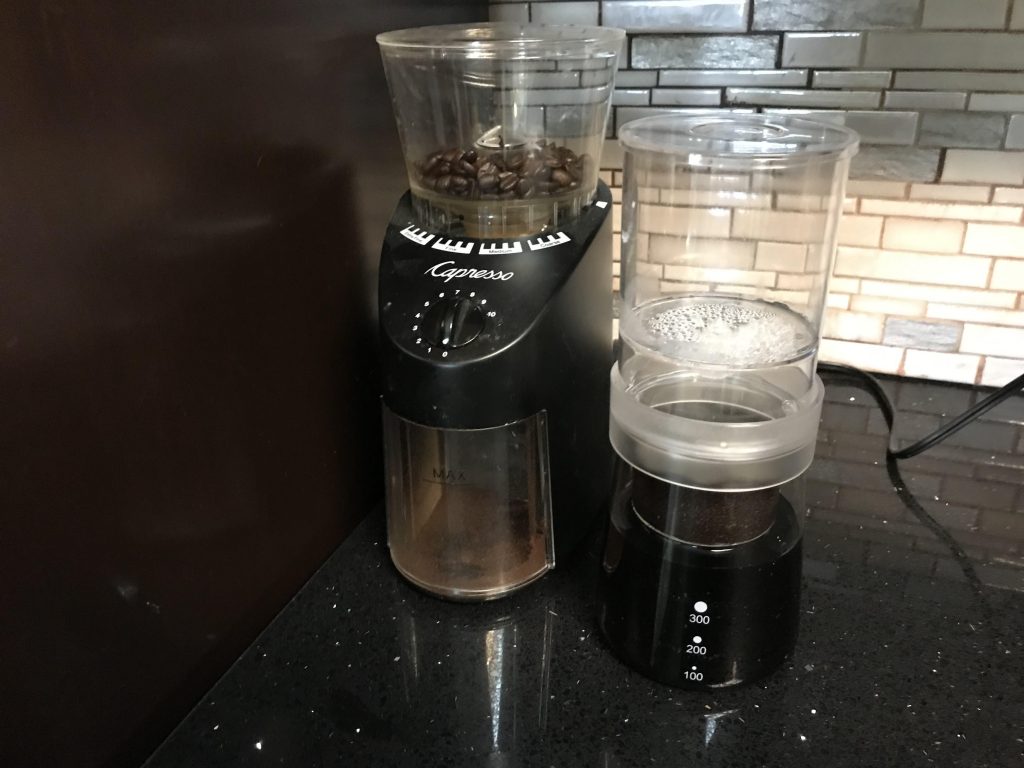|
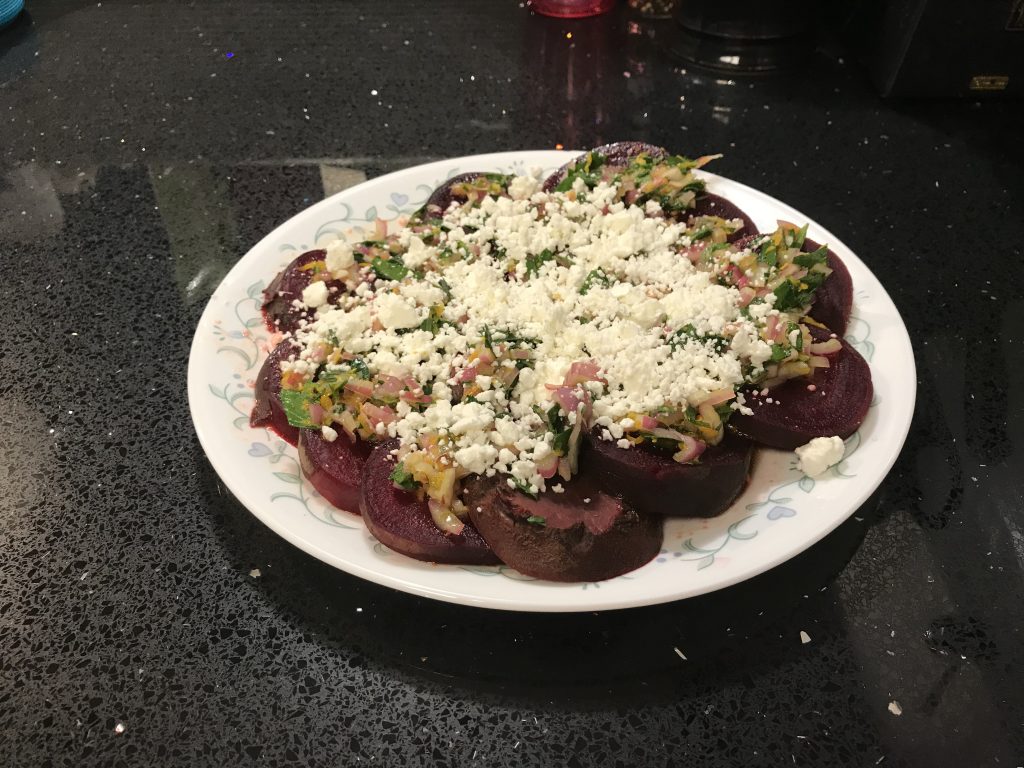
This is a very easy dish to make. Some people think they don’t like beets, but be forewarned, this is not that processed stuff that old Aunt Martha plops out on Thanksgiving and Christmas along with the turkey. As a bonus, beets are super-nutritious and can help to lower blood pressure.
Buy your beets in a bunch at the grocery store. They are actually the root of the plant and so will most likely have the green leaves attached. These are also edible. Or, throw them in your compost pile. You do have a compost pile, right? Compost is just as important as mulch and you’ve already paid for the food.
Roasted Beets Ingredient List
- 1 dozen (preferably organic) beets
- 1 cup water
- 1 large cinnamon stick, crumbled
- 1 large shallot, minced
- Finely grated zest of 1 orange
- 1/4 cup white wine vinegar
- 1/4 cup chopped flat-leaf parsley
- 1/4 cup chopped tarragon
- 1/4 cup plus 2 tablespoons extra-virgin olive oil
- 2 – 4 oz. crumbled goat cheese (the pic above used about 3 oz. to give you an idea)
- 1/4 cup chopped chives
Preparation
- Preheat the oven to 375°. Cut the leaves and the roots from the beets, wash them, and arrange them in a roasting pan (I use an 8″ X 8″ Pyrex) and add the cinnamon and water. Cover tightly with foil and bake for 1 hour.
- While it’s baking, make the dressing by pouring the vinegar in a bowl, mixing in the minced shallot, orange zest, tarragon, parsley, chives, and oil.
- Let the beets cool a bit and cut in 1/4″ slices. Some people might want to peel the beets but I prefer to leave it alone and get the added nutrition. Arrange them overlapping on a serving plate or platter.
- Spoon the dressing over the beet slices and sprinkle the top with the goat cheese.
- Eat.
Health Benefits of Beets
With all the good things going on with beets, it is a wonder that people don’t eat more of them. Consider:
- Beets can lower your blood pressure. This is because they are high in healthy nitrates, which are converted to nitric oxide inside your body. Nitric oxide can help dilate blood vessels and lower your blood pressure.
- Beets give your energy a boost. By dilating your blood vessels it delivers more oxygen to your muscles.
- Lots of fiber. One cup of beets contains about 3.5 grams of fiber. Regularity is a good thing, even if we don’t talk about it much.
- Many, many antioxidants. That is why beets have that vibrant red color. One in particular is betalain, higher in fighting off free radicals than vitamin C.
- Good for your brain power. This, because of increased blood flow.
So there you have it. There’s no reason not to make roasted beets with herbs and orange for dinner today.

Looking for more great content? Visit our partner sites:
I offer article and blog-writing services. Interested? Hire Me!
Did you find this article helpful? Thanks for supporting this free site with a small donation!
Visit Kelly’s profile on Pinterest.
About the Author:
 Kelly R. Smith is an Air Force veteran and was a commercial carpenter for 20 years before returning to night school at the University of Houston where he earned a Bachelor’s Degree in Computer Science. After working at NASA for a few years, he went on to develop software for the transportation, financial, and energy-trading industries. He has been writing, in one capacity or another, since he could hold a pencil. As a freelance writer now, he specializes in producing articles and blog content for a variety of clients. His personal blog is at I Can Fix Up My Home Blog where he muses on many different topics.
Kelly R. Smith is an Air Force veteran and was a commercial carpenter for 20 years before returning to night school at the University of Houston where he earned a Bachelor’s Degree in Computer Science. After working at NASA for a few years, he went on to develop software for the transportation, financial, and energy-trading industries. He has been writing, in one capacity or another, since he could hold a pencil. As a freelance writer now, he specializes in producing articles and blog content for a variety of clients. His personal blog is at I Can Fix Up My Home Blog where he muses on many different topics.




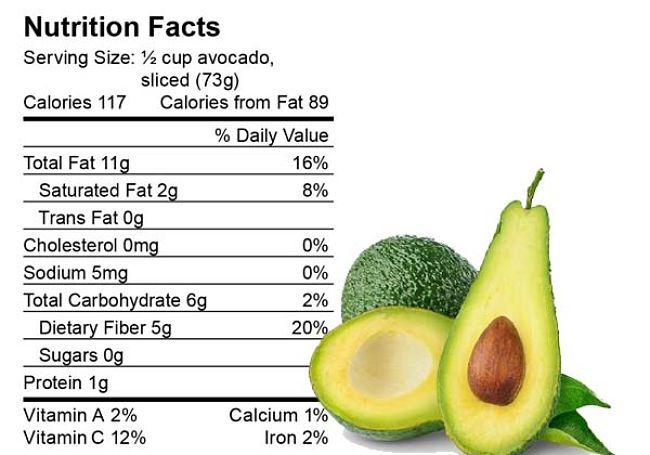
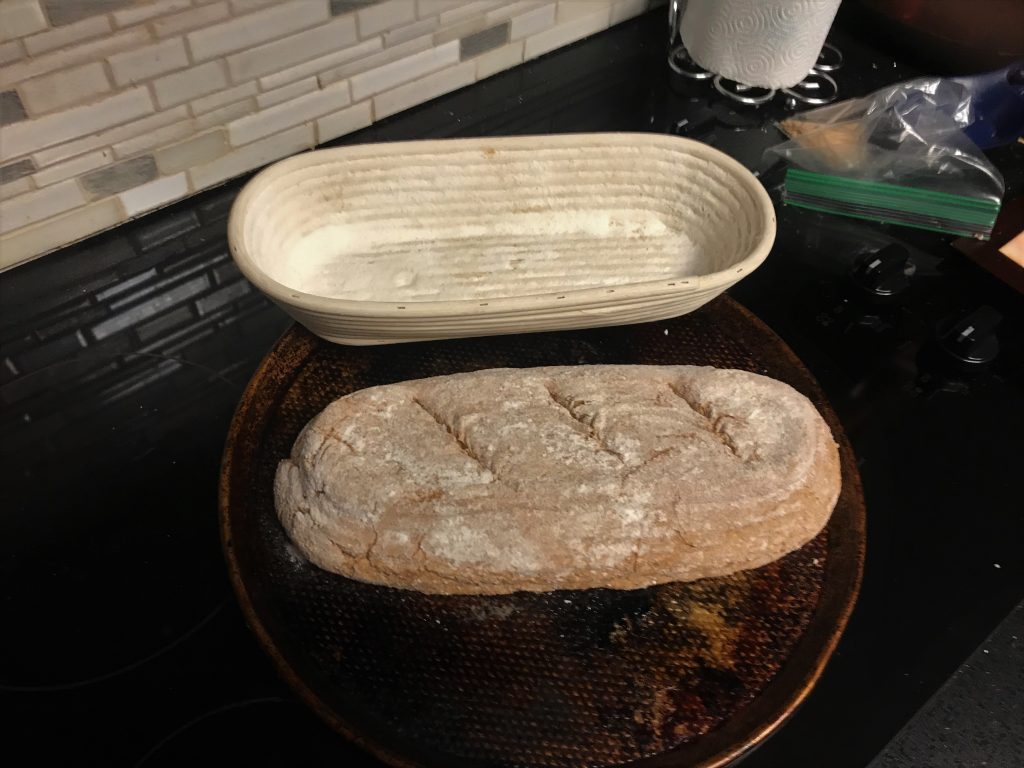
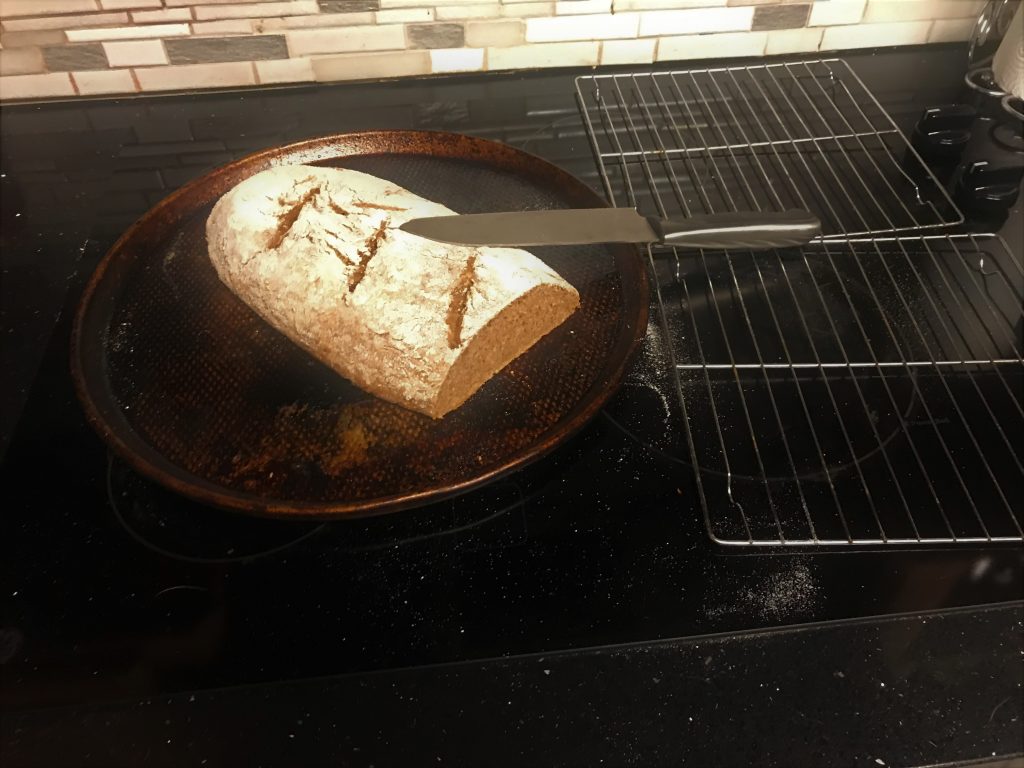
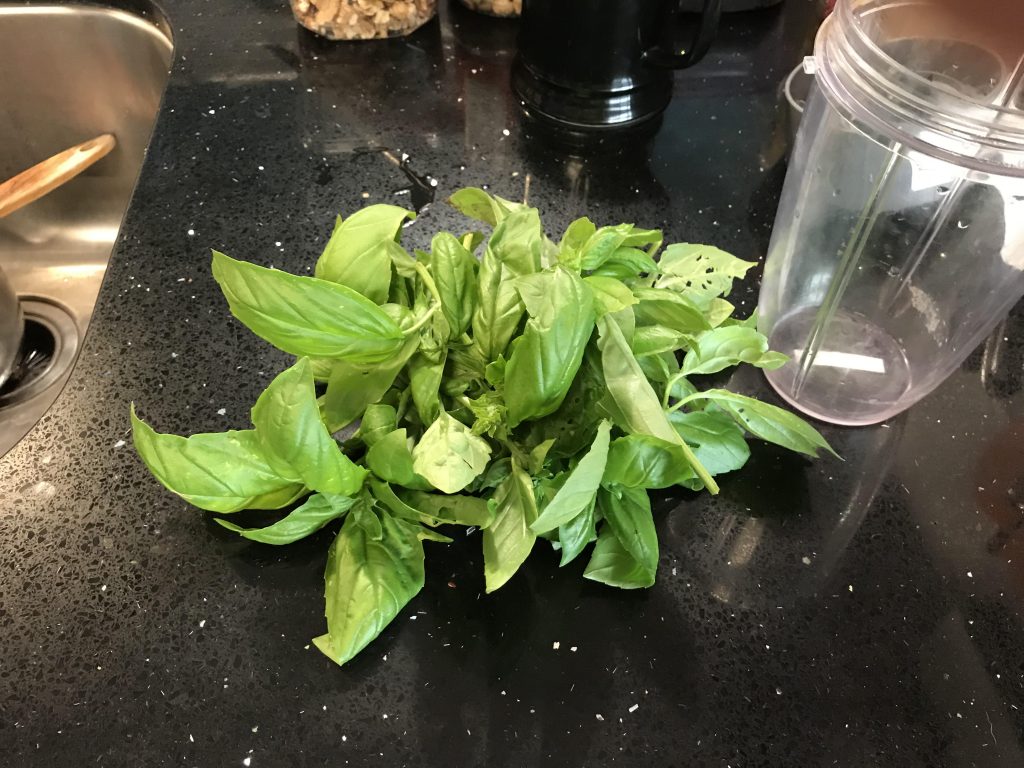
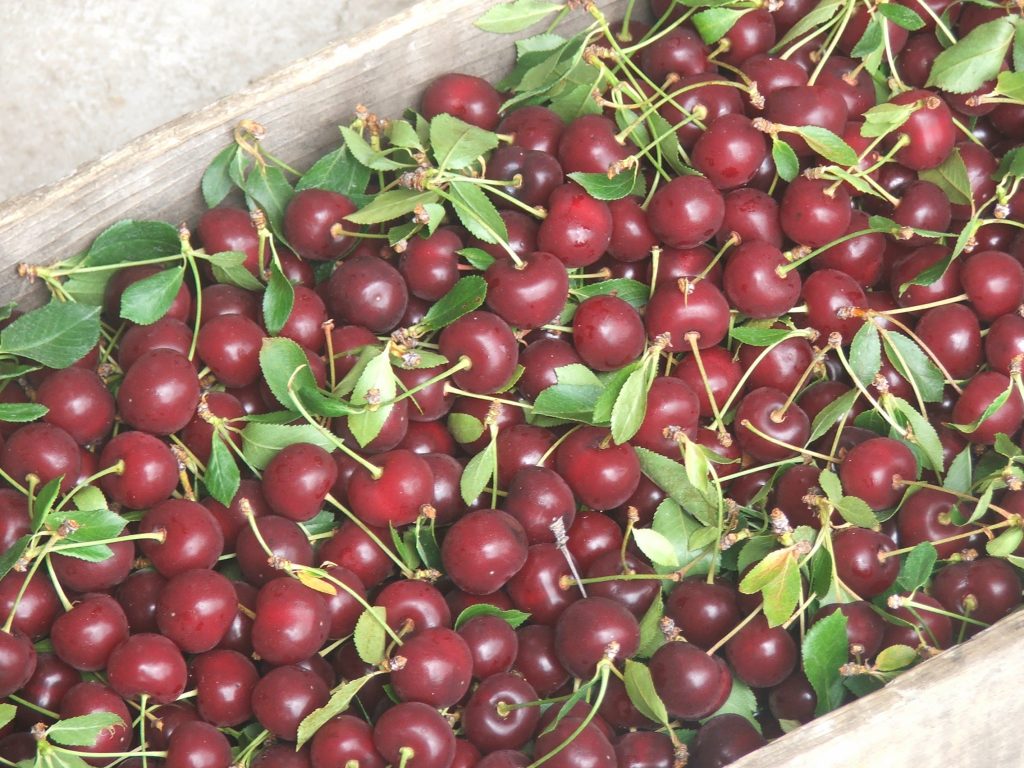
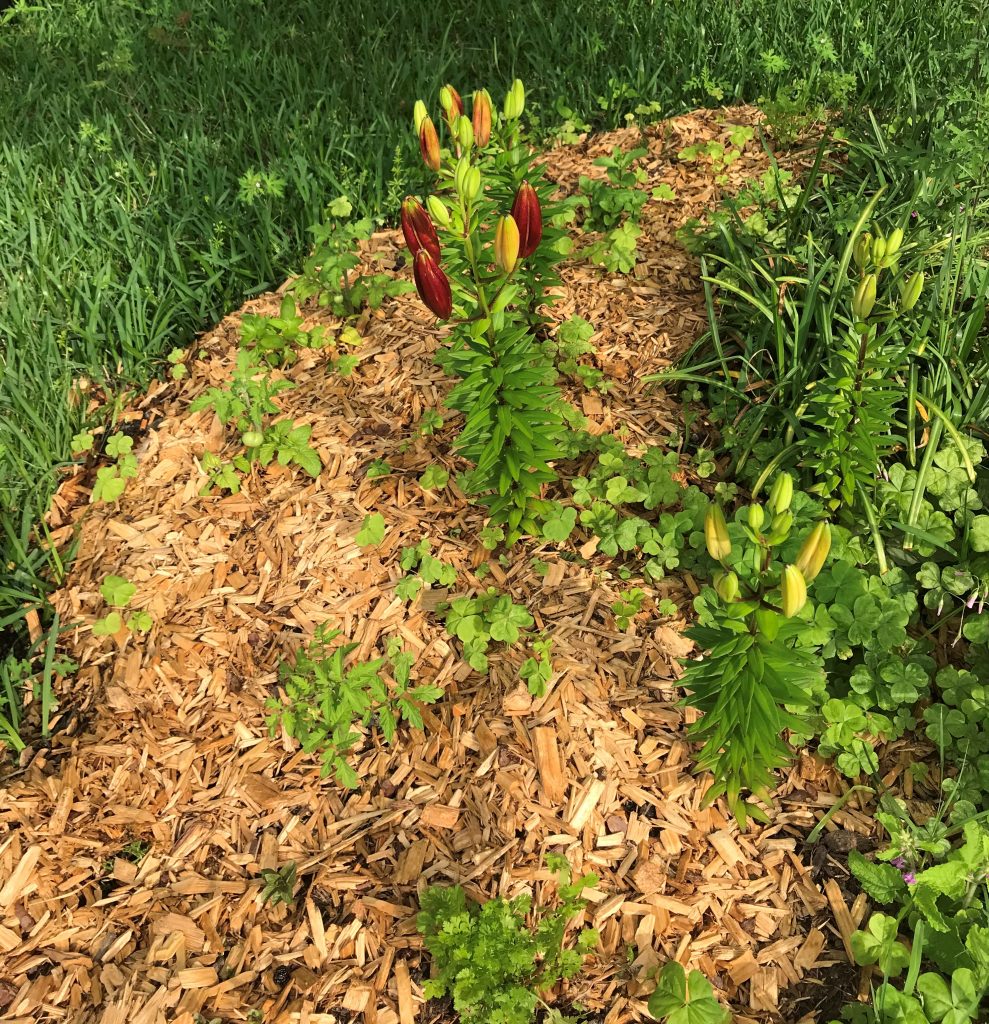
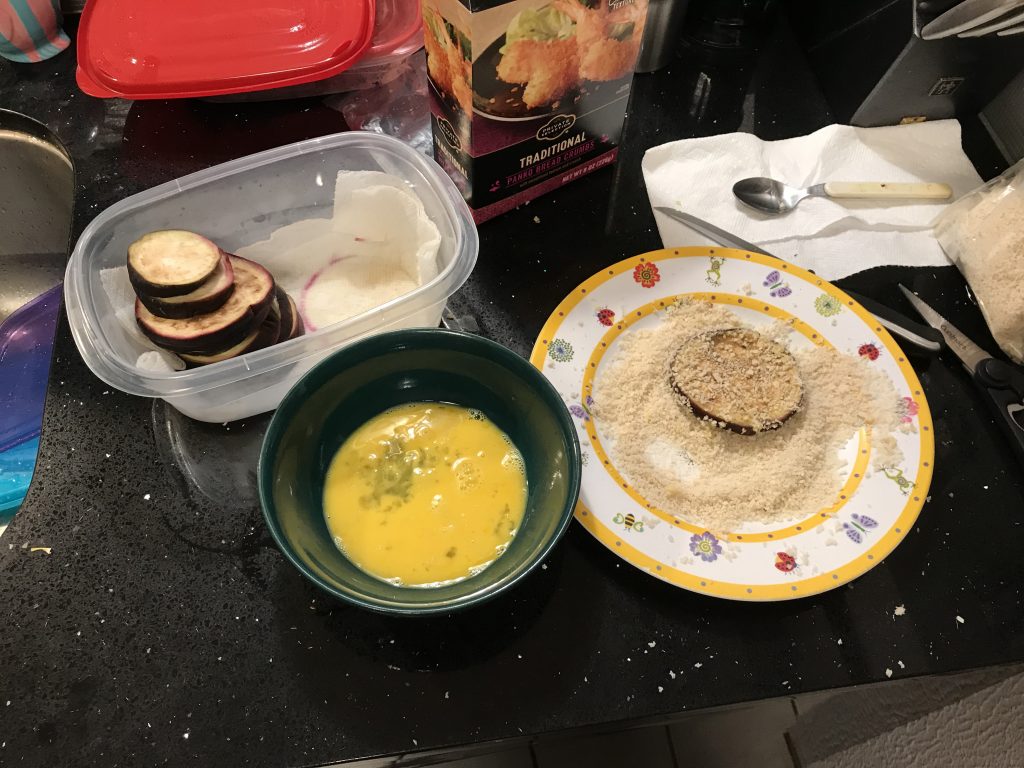


 Kelly R. Smith is an Air Force veteran and was a commercial carpenter for 20 years before returning to night school at the University of Houston where he earned a Bachelor’s Degree in Computer Science. After working at NASA for a few years, he went on to develop software for the transportation, financial, and energy-trading industries. He has been writing, in one capacity or another, since he could hold a pencil. As a freelance writer now, he specializes in producing articles and blog content for a variety of clients. His personal blog is at
Kelly R. Smith is an Air Force veteran and was a commercial carpenter for 20 years before returning to night school at the University of Houston where he earned a Bachelor’s Degree in Computer Science. After working at NASA for a few years, he went on to develop software for the transportation, financial, and energy-trading industries. He has been writing, in one capacity or another, since he could hold a pencil. As a freelance writer now, he specializes in producing articles and blog content for a variety of clients. His personal blog is at 